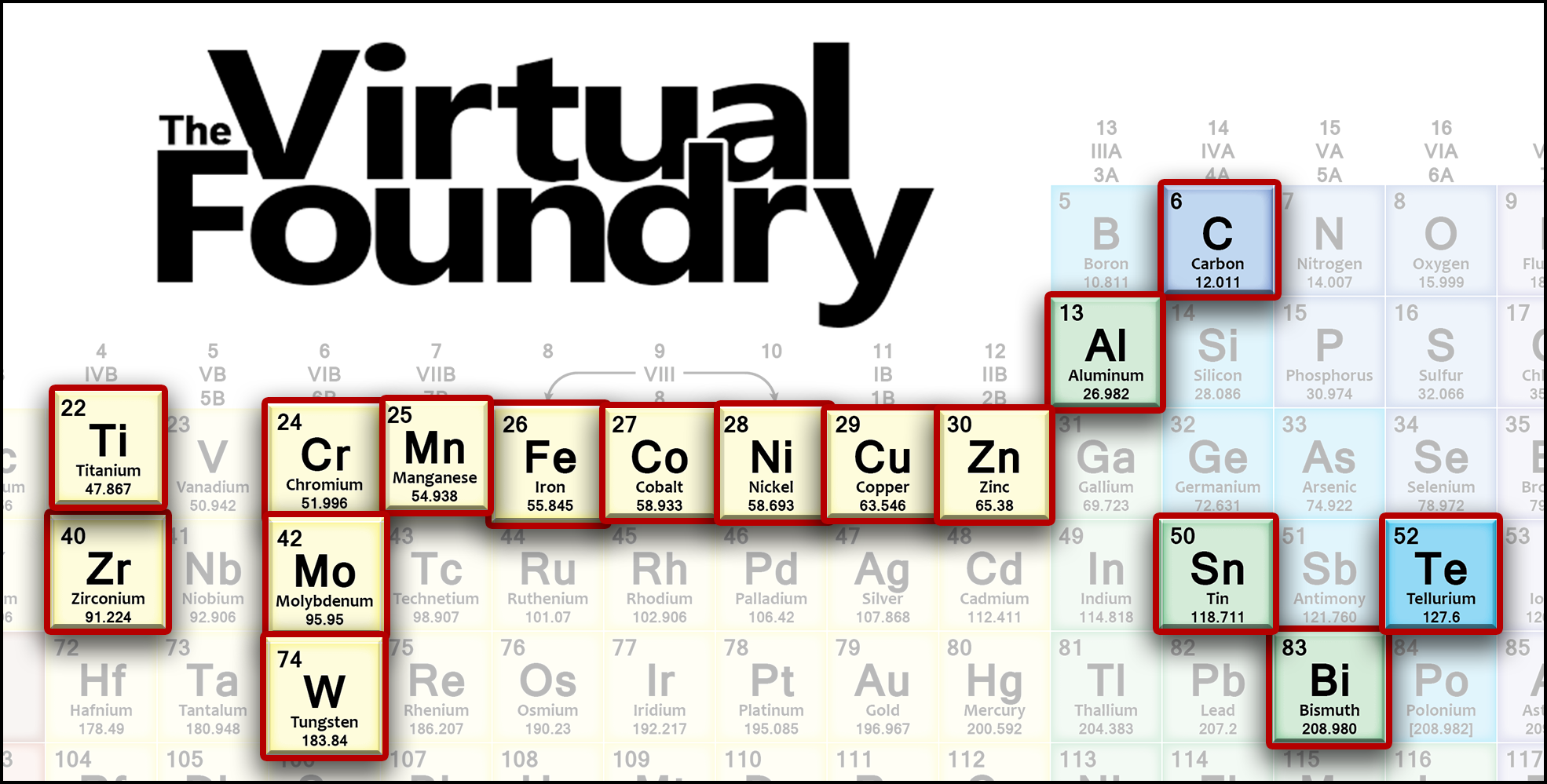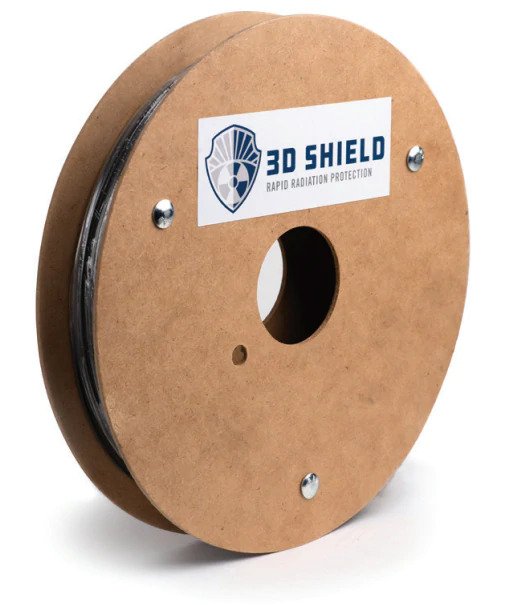Metal 3D printing filament manufacturer The Virtual Foundry has released a new tungsten-based radiation shielding filament, Rapid 3DShield Tungsten.
The material is the densest FFF filament the firm has manufactured to date, and is capable of providing radiation shielding benefits without the need for debinding or sintering.
Containing 92-95 percent metal, the filament is suited to medical, security, non-destructive testing, and x-ray fluorescence radiation shielding applications.
The Virtual Foundry’s mission
The Virtual Foundry was established with the goal of making metal 3D printing accessible to everyone, and was one of the first to bring FDM desktop metal printing to the market with its proprietary Filamet filament. When combined with FDM, Filamet produces unique prints infused with flecks of metal elements which, once they have undergone a secondary processing technique involving a kiln and the firm’s “Black Magic Powder”, produces pure metal parts.
Compatible with almost all existing FDM/FFF 3D printers, Filamet can be used to fabricate metal prototypes and scalable short-run manufacturing systems using an open-market approach. The Virtual Foundry’s filament range includes Stainless Steel, copper, bronze, aluminum oxide, zirconium silicate, high carbon iron, and tungsten, all of which can be sintered to a high density.
The company has seen rapidly growing demand for its materials and technology within automotive, aerospace, military, and education settings in recent years, having worked with the likes of NASA, Mitsubishi, and the US Department of Energy (DoE).
Most recently, The Virtual Foundry worked with 3D printing service provider Sapphire3D and CNC machine manufacturer Levil Technology to provide a complete metal 3D printing lab. The system comprises The Virtual Foundry’s metal 3D printing filaments, Levil’s EDU-Mill equipped with an industry-grade dual head 3D printer, and Sapphire3D’s kiln.

Rapid 3DShield Tungsten
Rapid 3DShield was set up in 2019 as a joint venture between The Virtual Foundry and Vulcan Global Manufacturing Solutions with the aim of developing dense, non-toxic 3D printable materials with radiation shielding capabilities.
After several years of research, the venture has now led to the creation of the firm’s Rapid 3DShield Tungsten filament. Notably, the filament does not require debinding or sintering to realize its radiation shielding properties, and can be printed much the same as the firm’s other Filamet materials.
The filament contains around 92 percent tungsten and is the most dense filament manufactured by The Virtual Foundry. In fact, the firm believes it is the densest FFF filament currently on the market at 7.51 g/cc.
In addition to its suitability within the medical, security, non-destructive testing, and x-ray fluorescence fields, Rapid 3DShield Tungsten can also be deployed for other high-density technical applications, such as counter weight and anti-vibration.
Available in 1.75 mm or 2.85 mm diameters, the filament can be 3D printed on a traditional FDM 3D printers using a hardened steel nozzle. Due to its exceptionally high density, the only color available is dark gray.

3D printing with tungsten
An inorganic non-natural compound, tungsten carbide is made from Wolfram, a rare metal found naturally on Earth, and carbon. The material’s basic form consists of a fine gray powder which can be pressed and formed into shapes via sintering for use in industrial equipment.
Although versatile, the material is prone to fractures and breakage when exposed to laser-based metal 3D printing processes. To solve this issue, the University of Pittsburgh’s Swanson School of Engineering and General Carbide, a Pennsylvania-based manufacturer of compound metals, have received a $57,529 grant to investigate various tungsten carbide base powders that can be utilized in a binder jet 3D printer.
In a similar vein, binder jet 3D printer provider ExOne has previously entered into a partnership with Global Tungsten & Powders Corp to advance the use of tungsten powders in metal binder jet 3D printing.
The material has previously been used to 3D print disks within a gamma camera for higher resolution medical imaging by London’s Institute of Cancer Research, while scientists from Lawrence Livermore National Laboratory (LLNL) have identified the causes of crack formation in 3D printed tungsten.
Subscribe to the 3D Printing Industry newsletter for the latest news in additive manufacturing. You can also stay connected by following us on Twitter and liking us on Facebook.
Looking for a career in additive manufacturing? Visit 3D Printing Jobs for a selection of roles in the industry.
Subscribe to our YouTube channel for the latest 3D printing video shorts, reviews and webinar replays.
Featured image shows Rapid 3DShield Tungsten Filament. Image via The Virtual Foundry.



